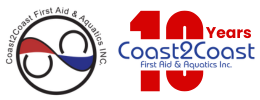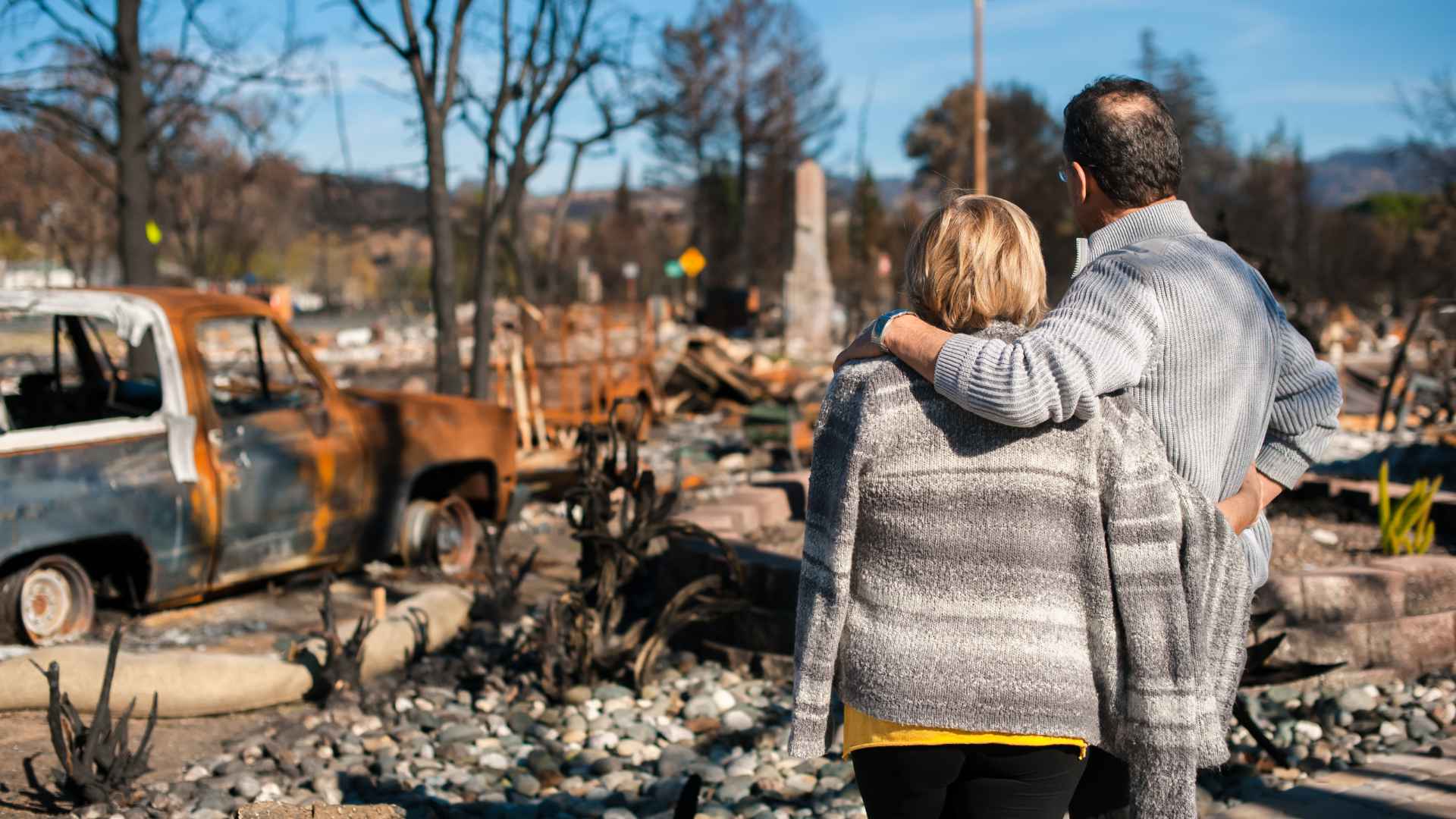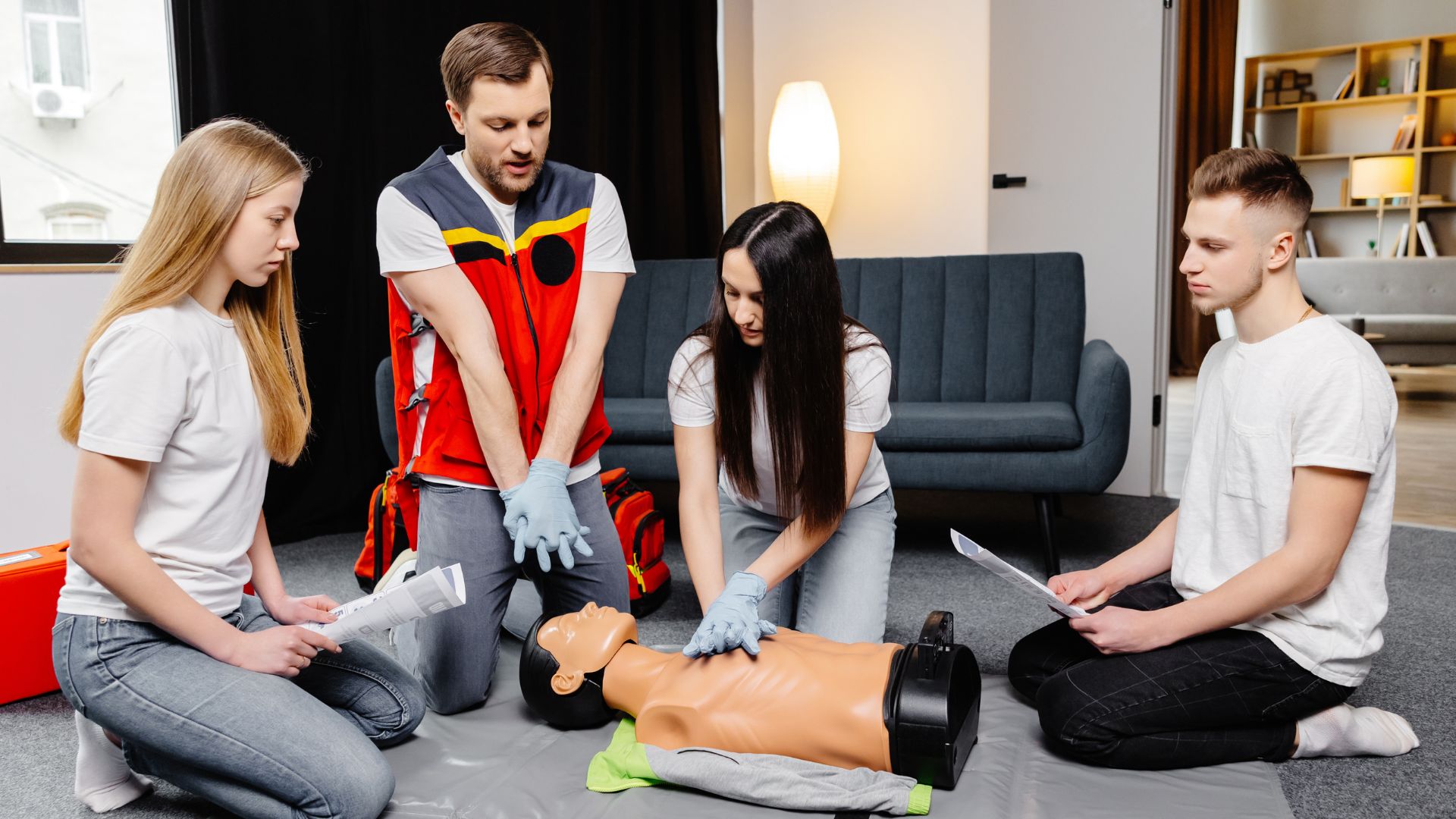Some people clearly realize the need for first aid training, but not everyone understands how important it is to get your Canadian Red Cross first aid and CPR certification. Here in Canada, most of us are enjoying carefree, almost 100% safe, living conditions. We don’t live in a hurricane zone or in a country with high tectonic activity. There are no high-volume floods or other frequent disasters… but a natural disaster may strike at any moment, and we all know that. Having an emergency first aid kit ready and knowing how to use it can make all the difference in a crisis.
Continue readingBasic Guide To First Aid And CPR Training
It is an undeniable fact that first aid and CPR training are quite literally vitally important practices that everyone should know. Yet we as a society still don’t know enough about them. These life-saving skills are critical for emergencies and can make a huge difference in critical moments. It is all the more ironic because one of the things you find out when you start reading is that there’s nothing too complicated about it. Anyone can learn it, anyone at all.
Continue readingCan First Aid and CPR Save Lives?
Should First Aid & CPR Training Be Mandatory In Offices?
Knowing What to do When Disaster Strikes in 2017
Disaster never calls ahead of time before it comes knocking.
It will crash your party in the middle of the night, or catch up with you on the road. It can sneak up on you, out or indoors. It loves catching people in swimming pools and lakes.
And sometimes large scale tragedies occur, such as the all to recent fire that raged across Port MacMurray, or the huge blackout we had two winters ago all over Toronto and the GTA.
The only thing we can do is prepare and keep a cool head when it happens.
But what does it mean to be prepared, apart from taking a Red Cross CPR course?
If you really want to be ready for an emergency, just follow this short list of New Year Resolutions for 2017.
Prep a First Aid and Emergency Gear Kit
Get a first aid kit for emergencies only (separate from the every day one) and keep it fully stocked at all times. Put it in a small pack with a list of additional important survival items.
Those include a three day supply of water and non-perishable food, a flashlight plus spare batteries and/or solar charger, multi tool, copies of all important cards and documents (proof of address, traveling documents, insurance policies, birth certificates, etc.), extra cash, and a spare cellphone, fully charged.
Set up an Emergency Plan
Discuss evacuation / emergency response scenarios with your family. Plan what to do when separated, set up places to meet, people to contact. Make sure at least a few household members had first aid and CPR training.
Make sure every household member knows where the emergency kit is stored so anyone can access it at need. If you have an evacuation route, plan a few alternatives in case the road gets blocked.
Stay on Top of Things
If you travel to areas of increased risk, do extra research on the dangers. If you are located near disaster zones (flooding, fires, blackouts), keep an eye on the news at all times, especially in the seasons when it is likely to occur.
And finally, get as many family members as possible through First Aid and CPR training. It doesn’t have to be a full fledged disaster for a loved one to be in danger. Saving lives is an ability everyone should have.
Contact one of our centers for first aid and CPR training today and get certified.





